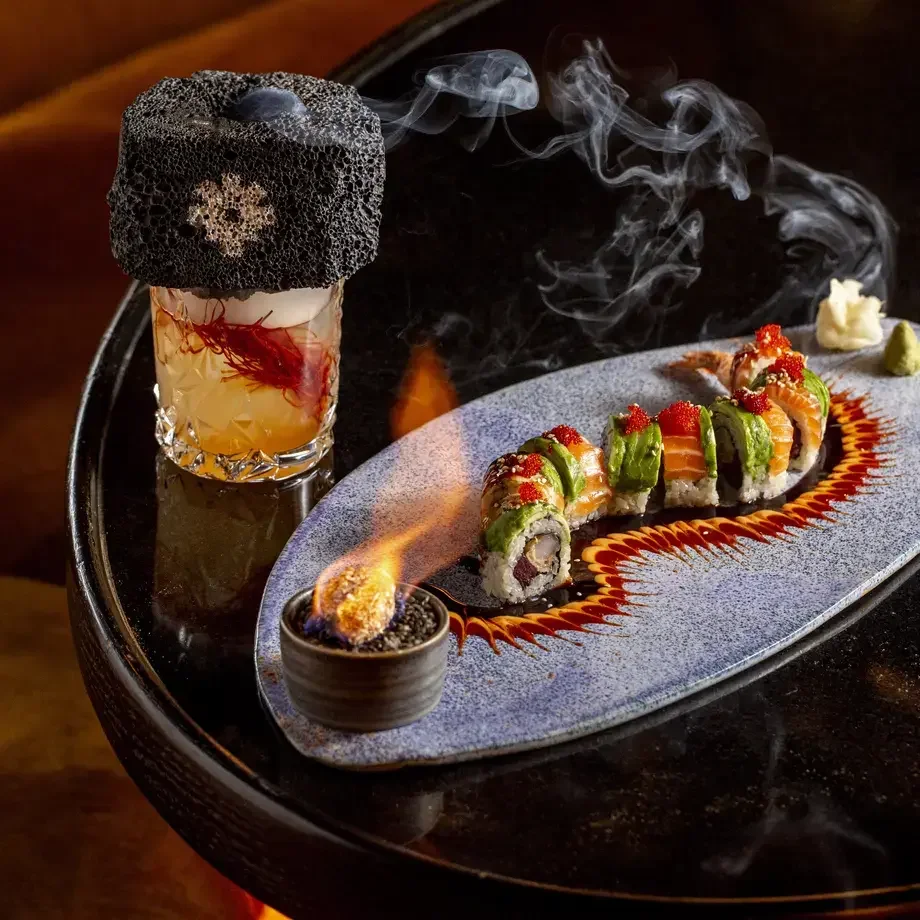If you can’t get enough of the umami-rich, lip-tingling delights of Sichuan cuisine, it’s likely that some of your favourite dishes owe their flavour to a fermented bean paste called doubanjiang (豆瓣酱). Often referred to as the soul of Sichuan cooking, doubanjiang is a key ingredient in many Sichuan favourites, including mapo tofu, shuizhu beef, and huoguo, or Sichuan hotpot. It can be used as a condiment, a seasoning, or as a base for making sauces.
Although the spicy Sichuan varieties of doubanjiang are probably best known, many regions of China have their own versions, some of which are not spicy at all. In some areas, Sichuan doubanjiang is known as la-doubanjiang (辣豆瓣醬), or ‘hot doubanjiang’, to distinguish it from non-spicy local versions.
You can buy doubanjiang from your local Asian supermarket.
The English labelling can sometimes be a little confusing, however, so if you need spicy la-doubanjiang for a Sichuan recipe, look for the ‘辣’ or ‘la’ character, meaning ‘hot’. The paste should also have a fiery red colour from the inclusion of chilli peppers.
Ingredients and taste
Doubanjiang is made from fermented broad bean or soybean paste, with salt and flour, and, in spicy versions, chilli peppers. The longer it is left to ferment, the better quality it is considered to be, with the very best (and consequently most expensive) doubanjiang fermented for up to 3 years.
The flavour of doubanjiang is intensely umami-rich, with a touch of sweetness. It is also quite salty, which is something to bear in mind when adding seasoning, especially salt or soy sauce. In fact, the Sichuan love of doubanjiang means that soy sauce is far less common in Sichuan cuisine than other Chinese dishes. Spicy varieties of doubanjiang also have plenty of chilli heat, which contributes to the famous ‘mala’, or ‘numbing and hot’ quality of Sichuan food.
What is Pixian doubanjiang?
Pixian doubanjiang (郫县豆瓣酱) is one of the more popular varieties of spicy Sichuan doubanjiang, and the only variety that is readily available in the United States, so if you have some spicy doubanjiang, it is most likely of the Pixian variety. It originates from Sichuan’s Pidu district, formerly known as Pixian, from which it takes its name.












